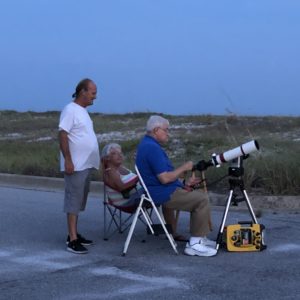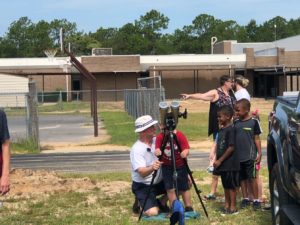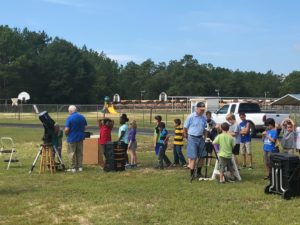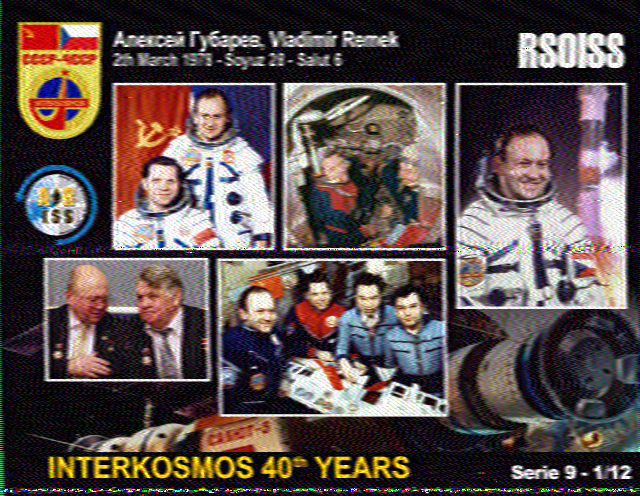Kenwood Elementary School Science night followed our first science night of the year by less than two weeks. This means our displays were pretty much the same. This time though the reason for no outside telescopes was the solid overcast skies.
We had some additional help for Kenwood’s event. Tom Haugh was joined by member Terry Rozanski. The additional manpower allowed us to demonstrate two different telescope designs. Terry manned a refractor while Tom demonstrated a reflector. Tom also handed out February star charts, NWFAA’s star gaze schedules and photo’s of the Moon taken during the recent lunar eclipse.
NASA/JPL Solar System Ambassador Norm Dingle was in attendance as well. Unable to restock this quickly he had fewer handouts and NASA stickers to pass out but there were a few left to pack when the event was over. He commented “Many students were very well versed in the subject. There seemed to be a great fascination with nebulae and galaxies.”
The event coordinators estimated an attendance of 150+ students, siblings and parents.
Our star gaze support for Kenwood’s Science night has been weathered out now 3 years running. We really hope this is not a permanent trend.


















